For too long, Anacostia has been unfairly portrayed as shorthand for crime and danger in Washington, D.C. This narrative, often repeated by people who rarely, if ever, set foot in the neighborhood, is part of a broader history of equating Black communities with lawlessness. That framing is not only lazy — it fuels stigma, drives disinvestment, and obscures the reality of what Anacostia truly is: a historic, vibrant, and culturally rich neighborhood.
Beyond the Headlines
News reports and social media posts frequently amplify images of flashing sirens and police cars racing down the block, with outsiders claiming it’s the “wild wild west.” What those narratives leave out are the Anacostia Arts Center, Honfleur Gallery, the Go-Go Museum & Café, the Frederick Douglass National Historic Site, and the Smithsonian Anacostia Community Museum. They also overlook the thriving Black-owned shops, restaurants, and cultural spaces that make the community a hub of creativity and resilience.
The refusal to acknowledge this vibrancy is more than ignorance — it borders on racist stereotyping.
A Neighborhood Full of Life
Anacostia is not defined by crime. It’s defined by events, festivals, restaurants, and community spaces that consistently draw residents and visitors. Those who take time to learn quickly find a neighborhood full of activity, art, and cultural pride.
Local organizations, including Congress Heights on the Rise and the Anacostia Business Improvement District, alongside residents and community reporters, have long challenged one-dimensional coverage. Their efforts have pushed some media outlets toward more balanced and thoughtful reporting. Progress has been made — but more is needed.
The Real Story About Crime
Yes, Anacostia experiences crime. But so does every neighborhood across this city and across the country. What too often goes unreported are the root causes: decades of policy decisions that concentrated poverty, clustered social services into Anacostia’s corridors, and failed to provide equal investment east of the river.
Reducing crime to flashing lights and arrest reports misses the complexity of the issue and unfairly burdens one neighborhood with a narrative that does not match reality.
A Personal Perspective
I live in NoMa, and my own experiences show that crime is not unique to one part of the city. My car was stolen twice — both times west of the river, in parking garages. Yet those stories don’t get spun into sweeping judgments about entire neighborhoods. Why is it different when the crime happens in a Black community?
Political Context and Misplaced “Law and Order”
This misframing also plays into larger political tactics. We are watching an era where “law and order” is weaponized as a political slogan while leaders strip away dignity and rights. Former President Donald Trump has leaned heavily on fear-based narratives, from firing tens of thousands of federal workers without concern for their families to normalizing militarized occupations of U.S. cities.
These tactics not only deepen inequality but also create dangerous precedents — where ordinary people risk being “snatched off the street” under the guise of safety, without clarity on who is acting as law enforcement or what authority they hold.
Challenging the Narrative
We cannot let these false frames persist. Anacostia ≠ dangerous. Black communities ≠ dangerous. What is dangerous is the misuse of fear as a political weapon and the continued criminalization of Black neighborhoods.
The truth is this: Anacostia is a community of culture, history, and resilience. To reduce it to crime alone is not just misleading — it is an injustice that erases the people and spirit that make the neighborhood thrive.

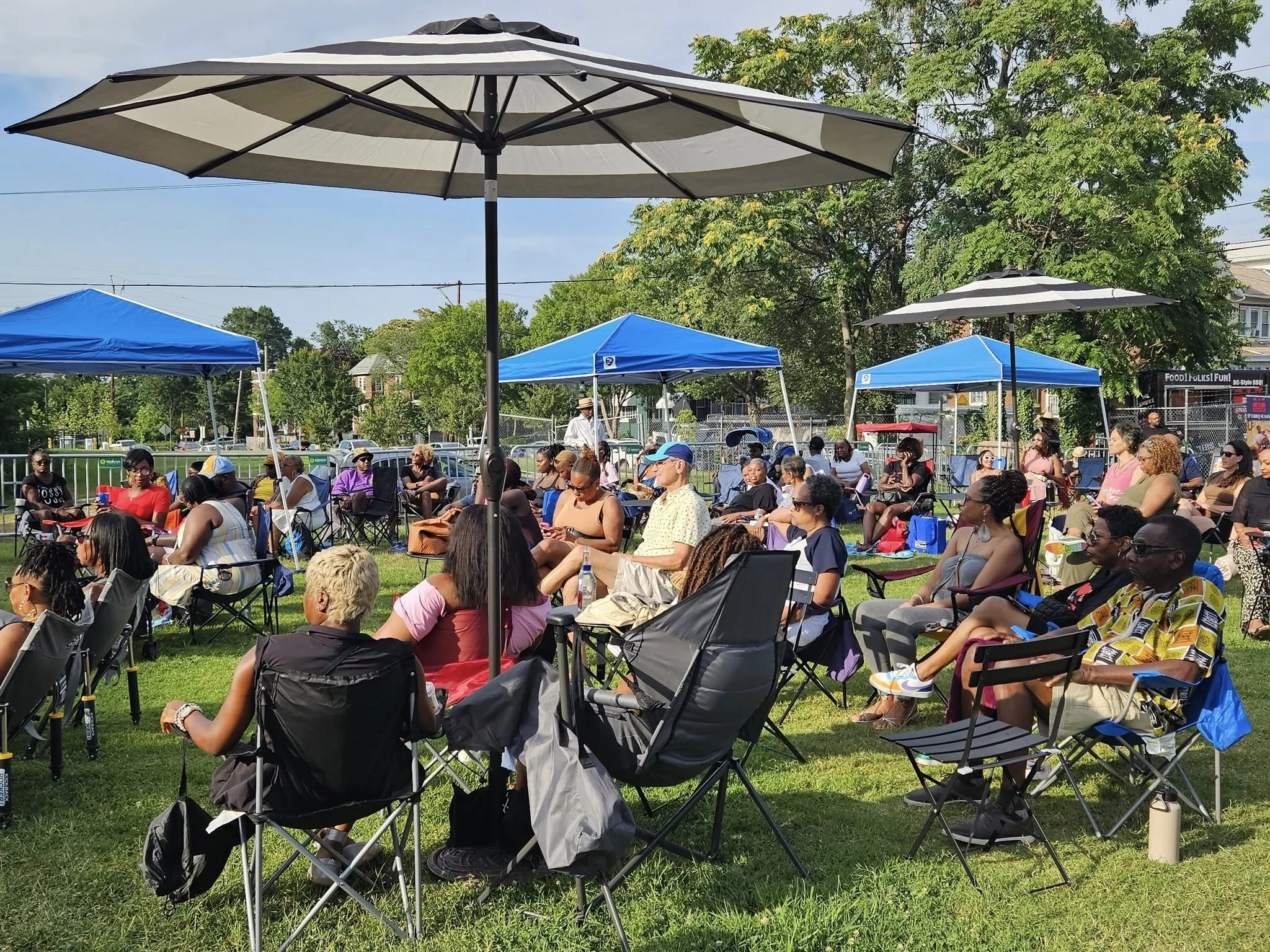
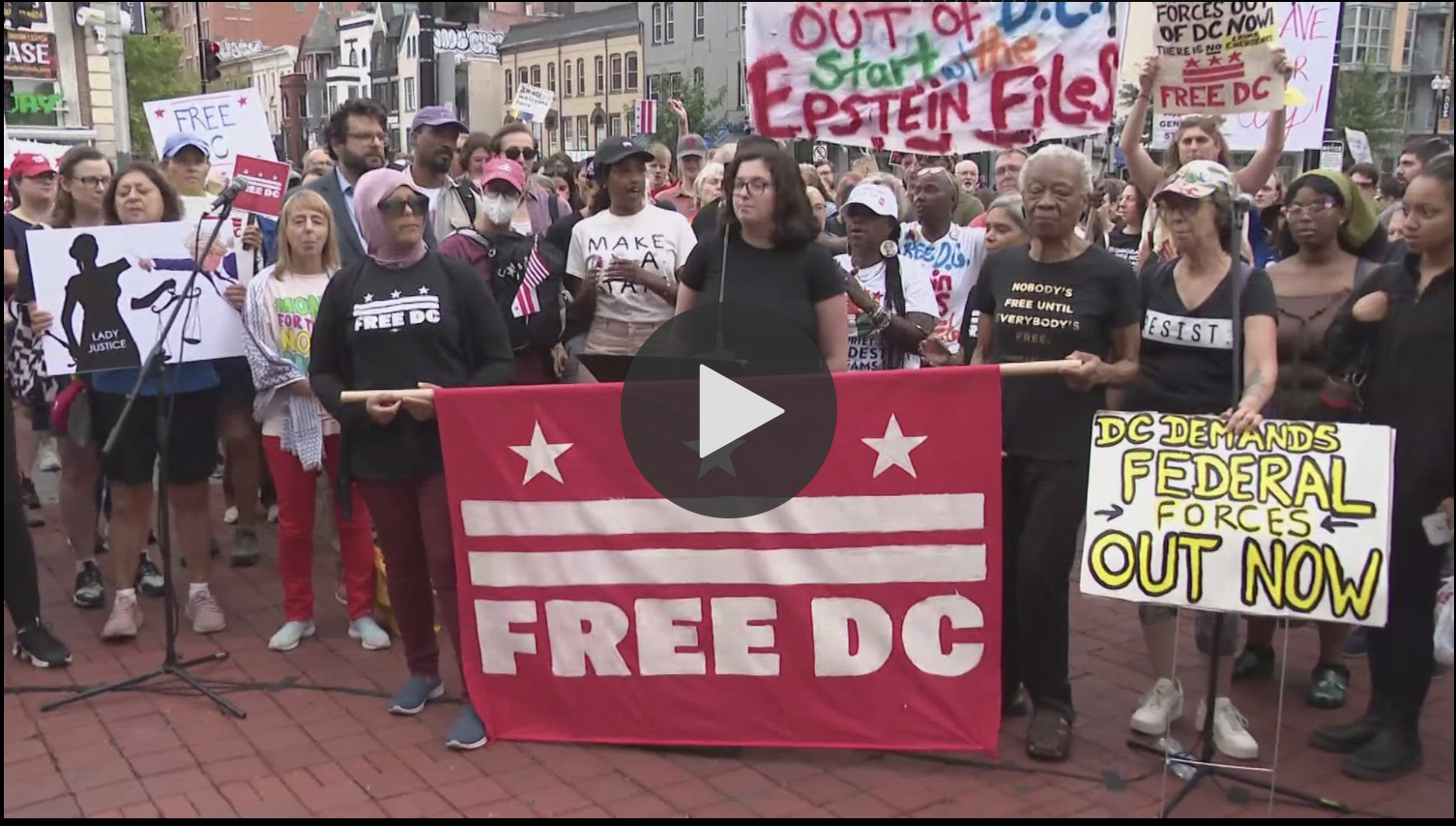
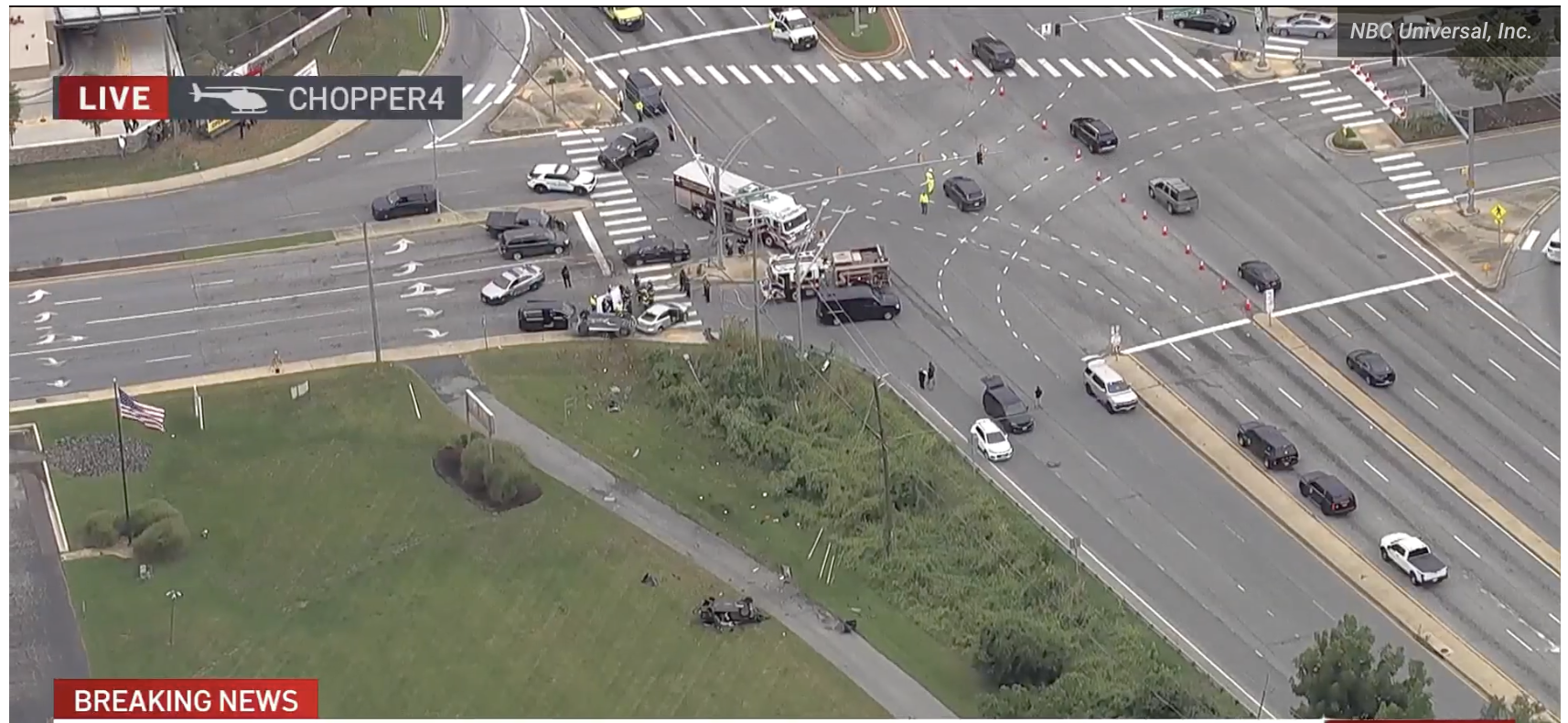
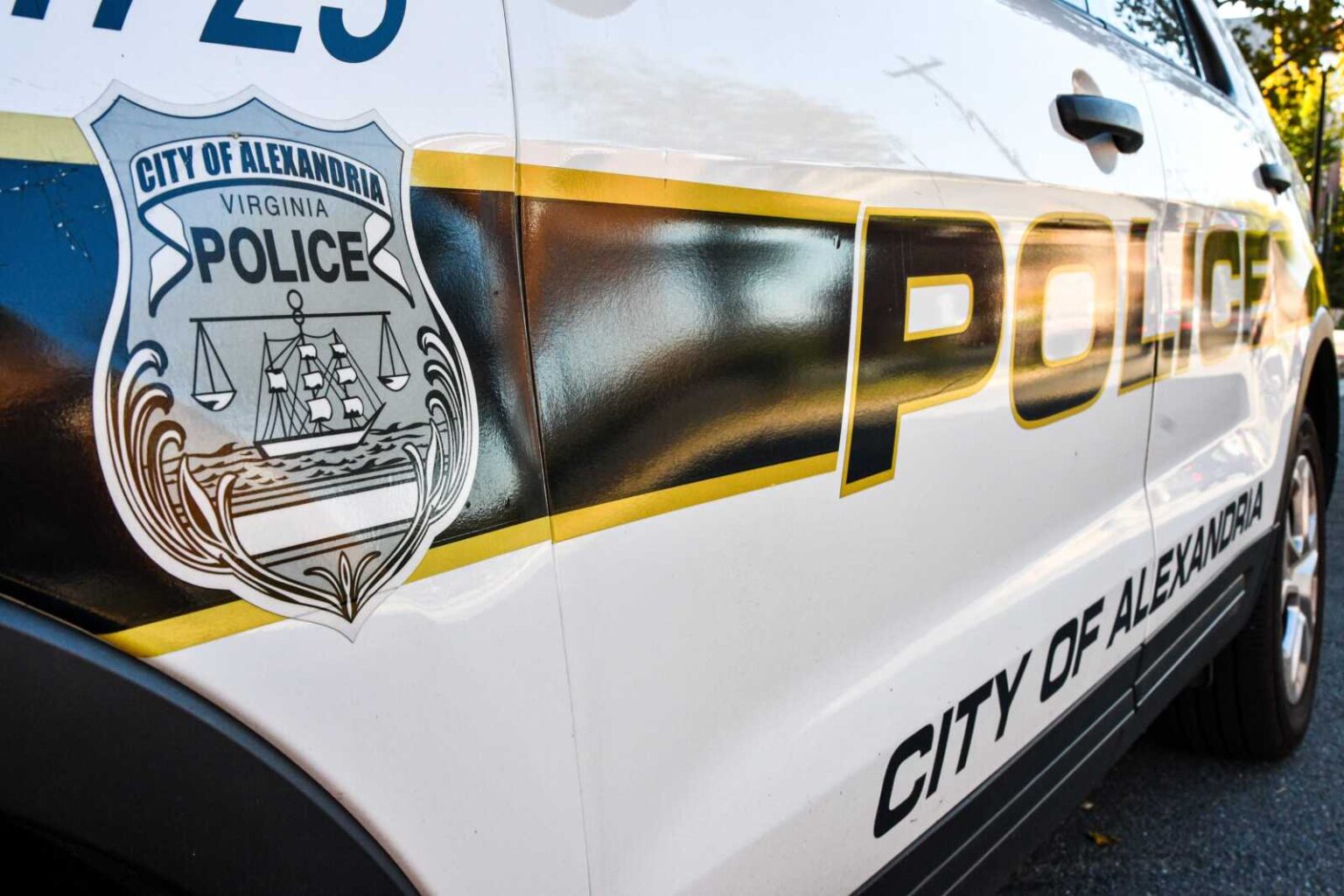
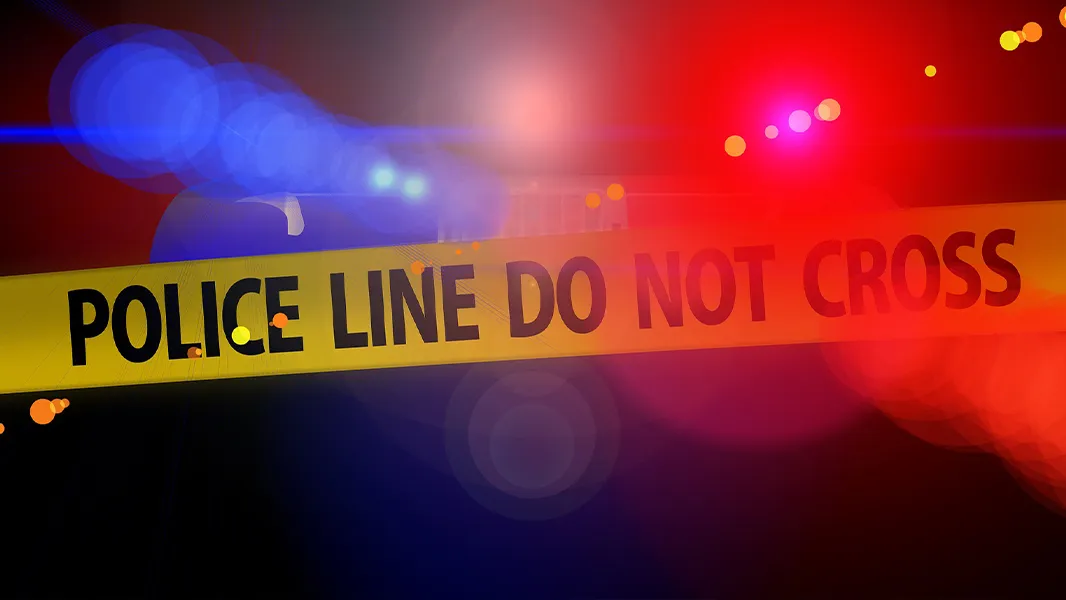
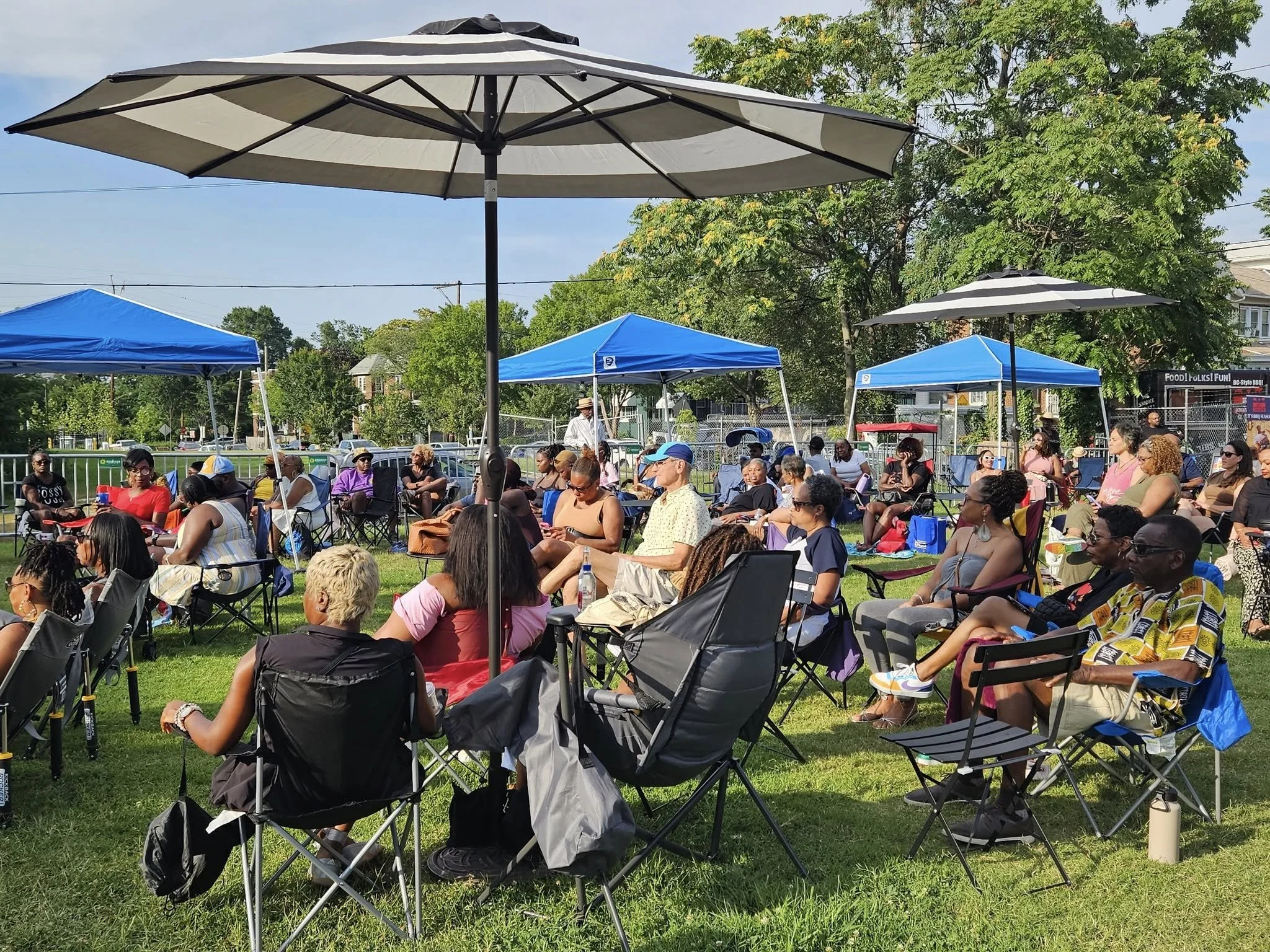
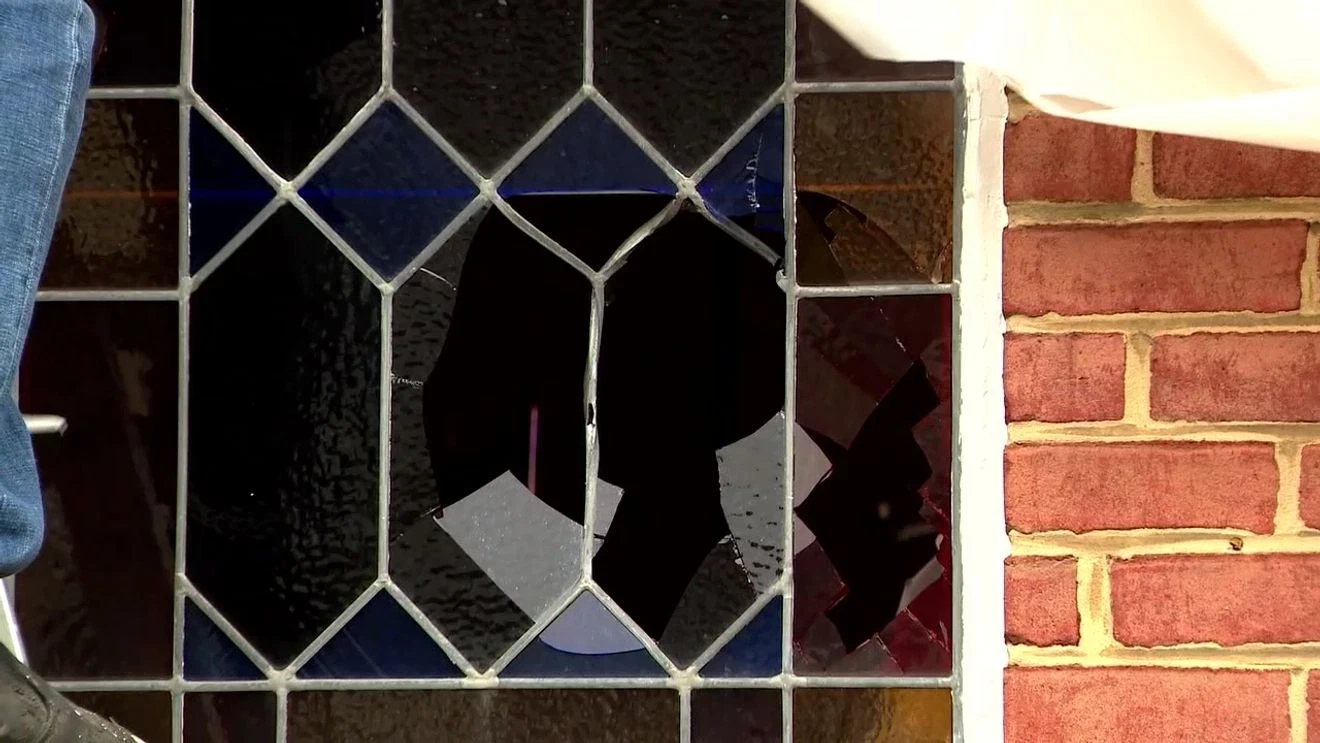
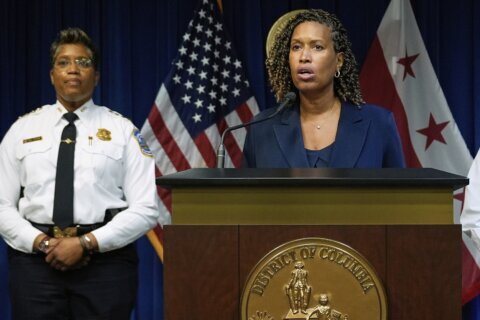
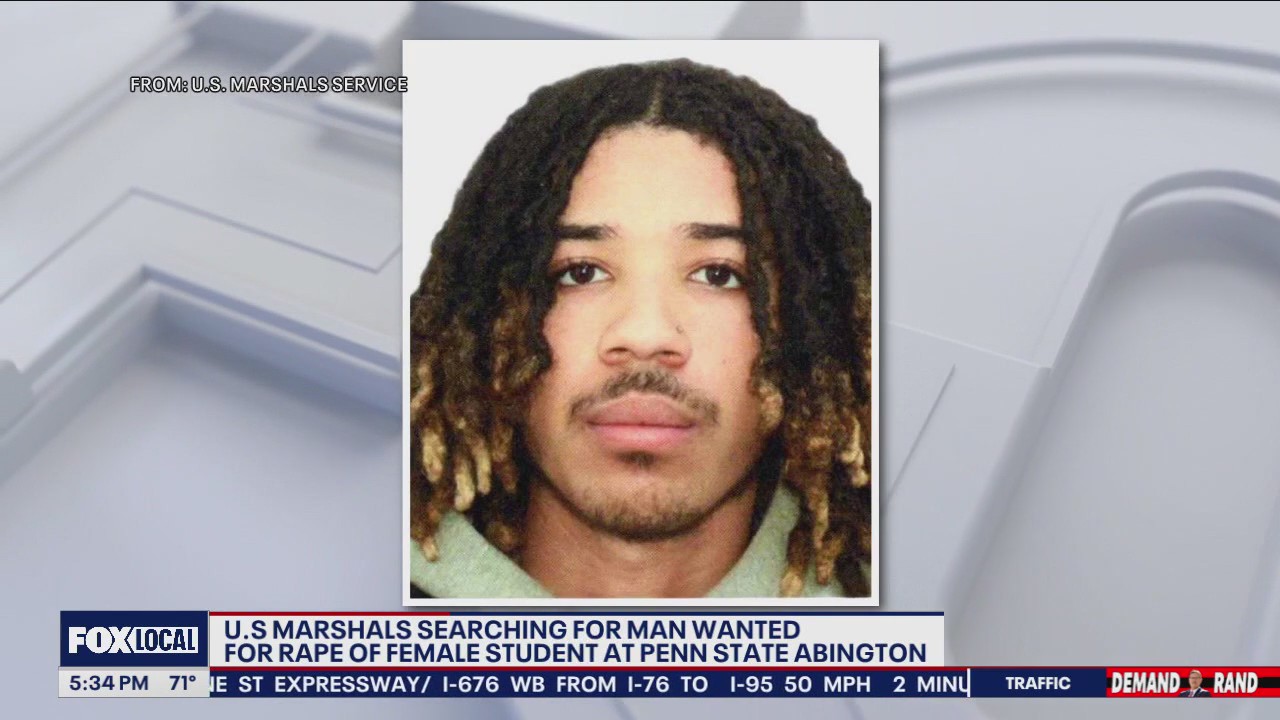
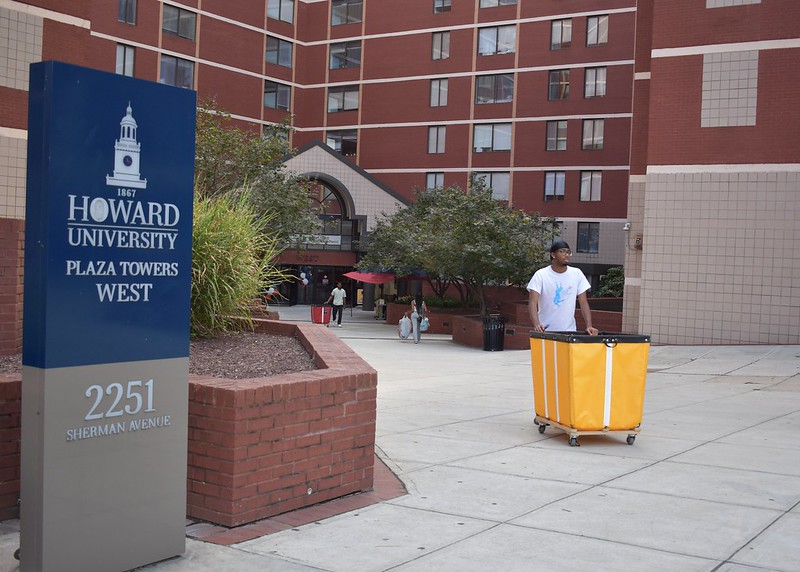
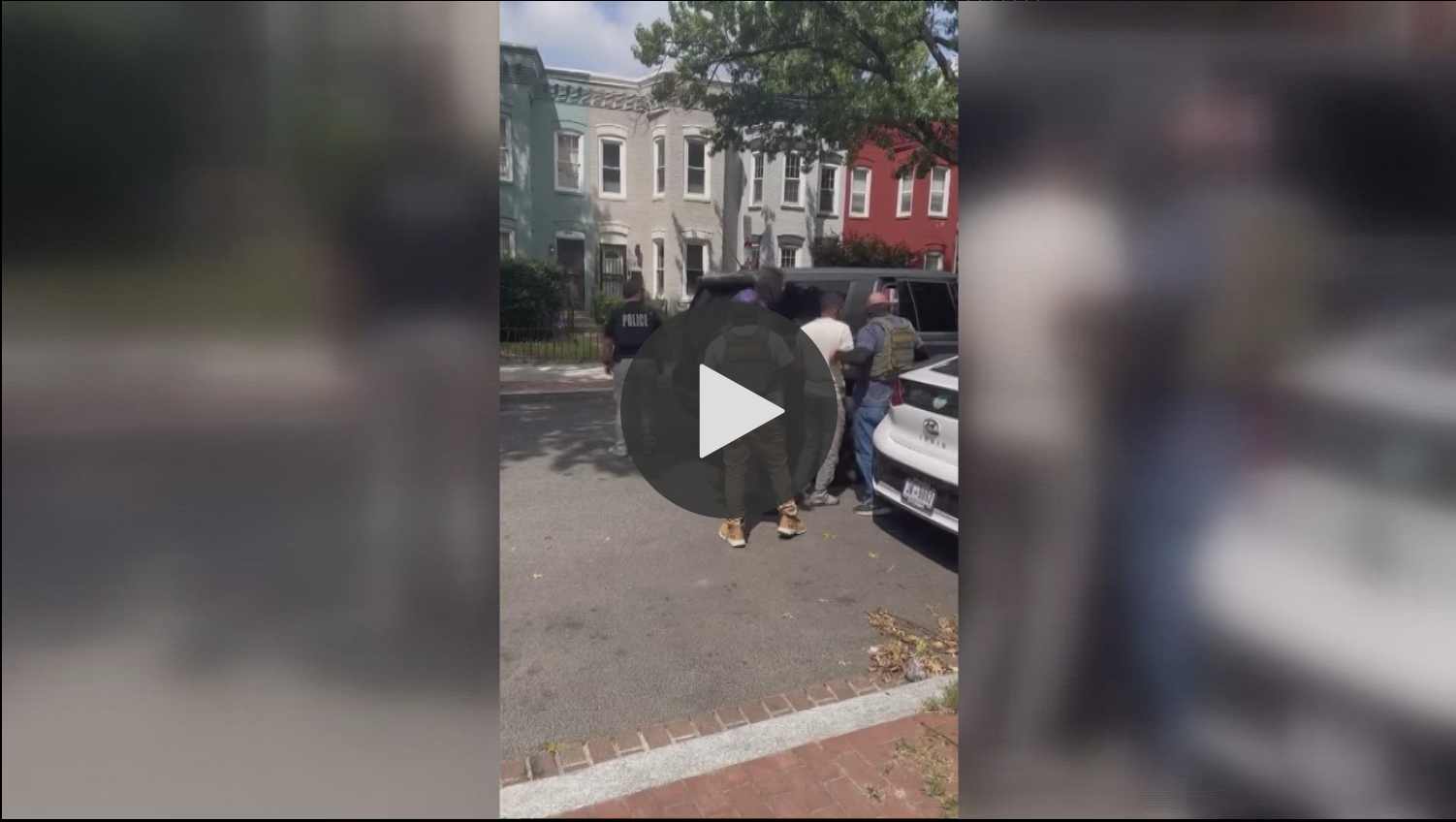
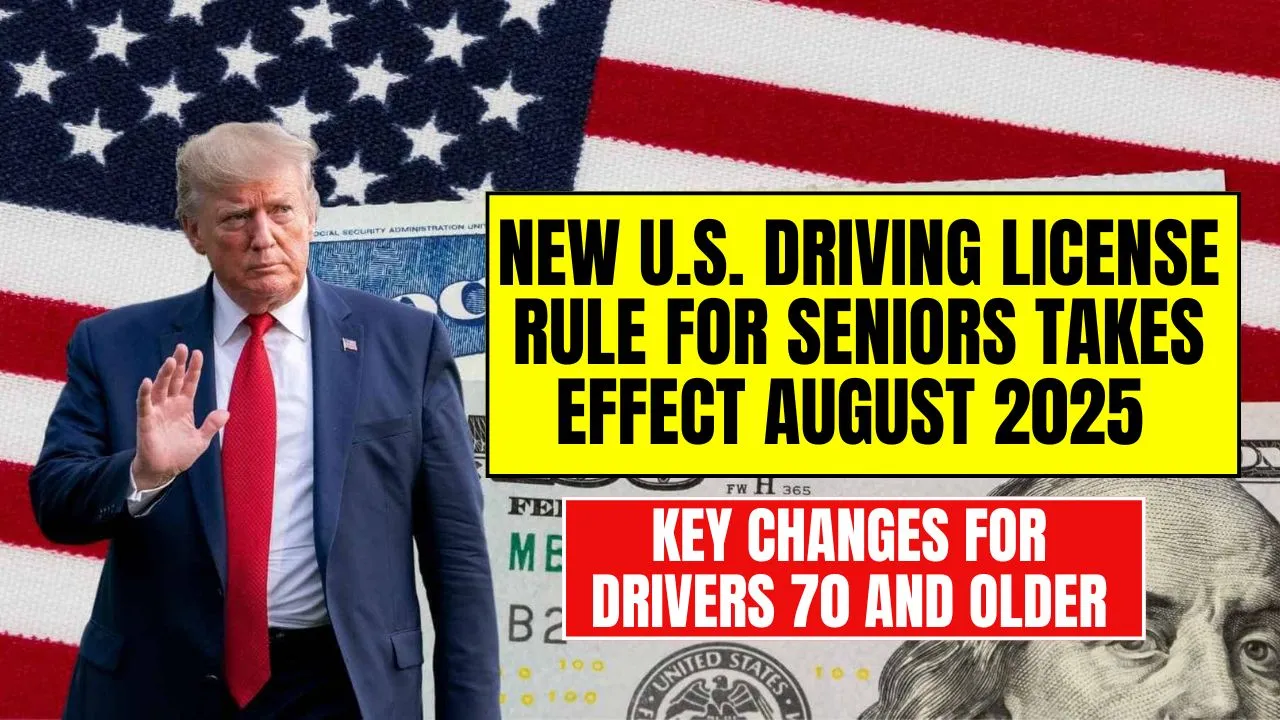
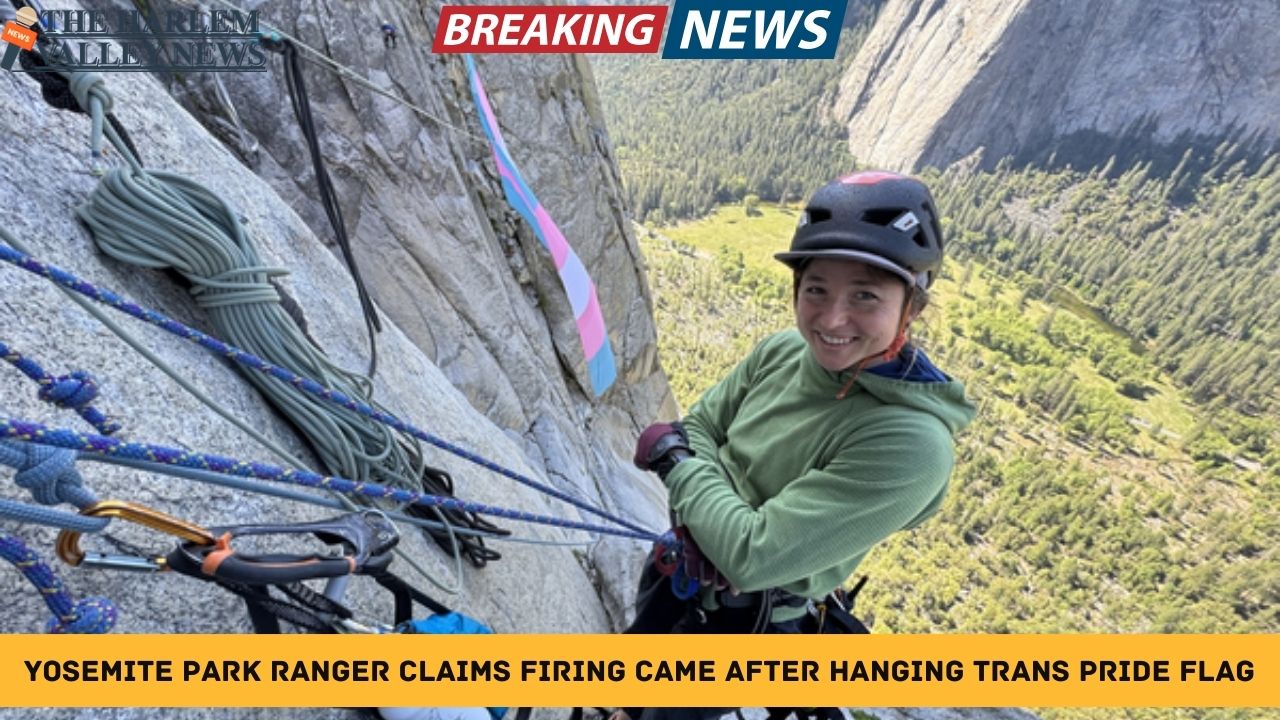
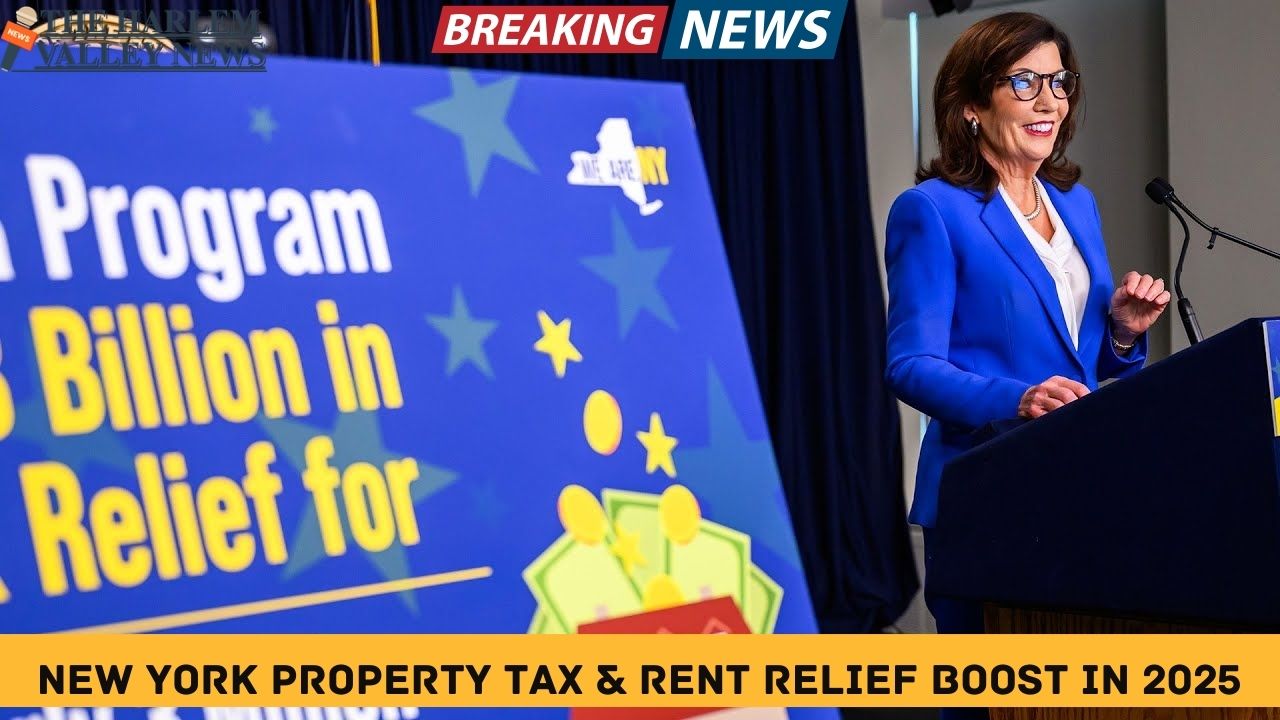
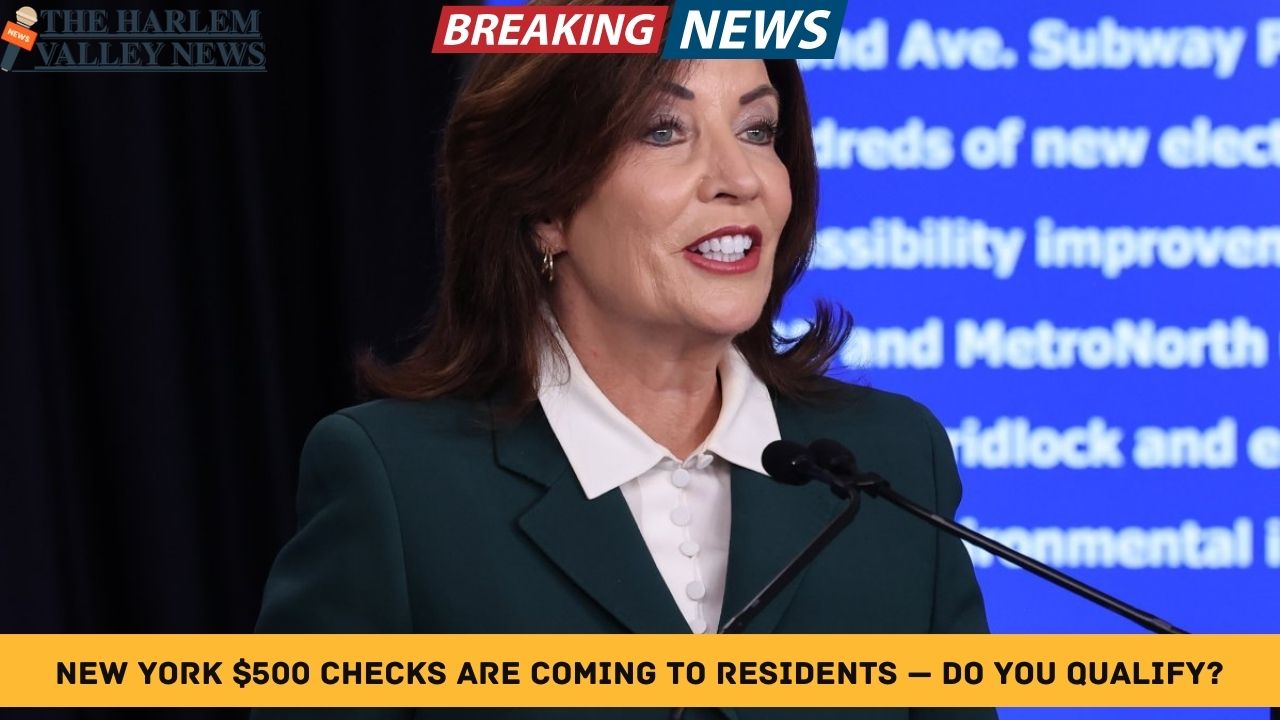
Leave a Reply